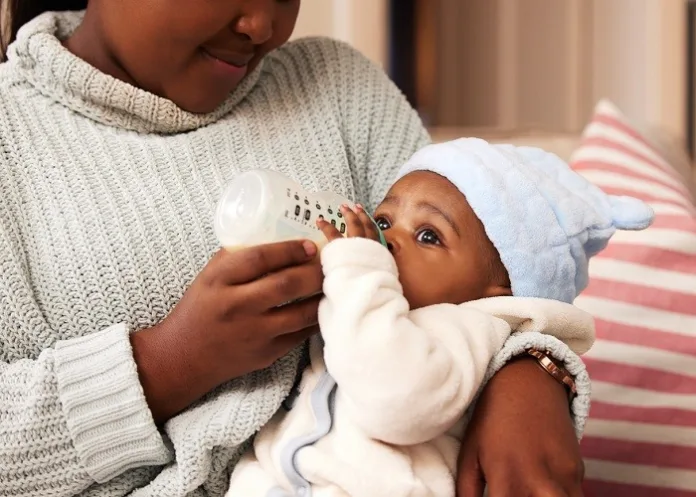A recent survey by the Grow Great campaign in the Ehlanzeni district in Mpumalanga – which also covered Bushbuckridge, Mbombela and Thaba Chweu – found concerning issues of stunting, acute malnutrition, wasted and underweight children, with 17% of those under five being stunted.
The researchers also found that only 23% of the babies are exclusively breastfed, writes Lilita Gcwabe for Health-e News.
In efforts to reduce these numbers, Grow Great’s Flourish project is trying to teach mothers in the area how to prepare for, feed and take care of their babies, with six hosts in different parts of holding antenatal and postnatal care classes for moms.
They goal is to end stunting by 2030 through breastfeeding promotion and healthy feeding practices.
Zinhle Ngwenya, manager and trainer of the hosts, said many mothers opted for formula feeding even though they are unemployed and can’t afford it – because they don’t know enough about breastfeeding.
“When I started in 2018, most of them did not believe that a baby would not go hungry if you breastfeed exclusively,” she said, adding that women who opted to feed formula but who could not afford it would end up mix-feeding by adding other ingredients like Weetbix, or soft porridge. Or they would add more water and less formula.
Some end up feeding the baby solid food before they are six months old. The babies are left underfed and lacking in nutrition.
The classes, added Ngwenya, help mothers “unlearn these feeding practices and the lessons their mother taught them about infant care”.
“It seems as though stunting is generational, because moms do what they have seen or what they were told by their mothers, grandmothers, and other elders. We talk about different experiences …they learn how to introduce healthy food to the baby. We offer support for the infants that mothers lack in their immediate environments.”
Low breastfeeding numbers
Although South Africa’s exclusive breastfeeding rate grew from 10.2% to 23.8% in 2017, it still has one of the lowest rates in Africa.
Staša Jordan, founder and executive director of the South African Breastmilk Reserve, blames these low numbers on high rates of severe infection, the critically understaffed public health system, and the high number of Caesarean births: 27% of births in the public health facilities are C-section births.
Jordan says after a C-section mothers and babies are often separated for about six hours during the recovery process. Vaginal births, on the other hand, encourage early initiation of breastfeeding through skin-to-skin contact within an hour from birth.
See more from MedicalBrief archives:
Breastfeeding rates in SA increased but still short of global targets
SA’s First Lady laments our ‘stunted nation’
UFS: Child malnutrition – human rights violation and slow violence against children
Mpumalanga HIV+ moms claim breastfeeding being ‘forced’ by nurses
Extended breastfeeding delivers brain benefits

